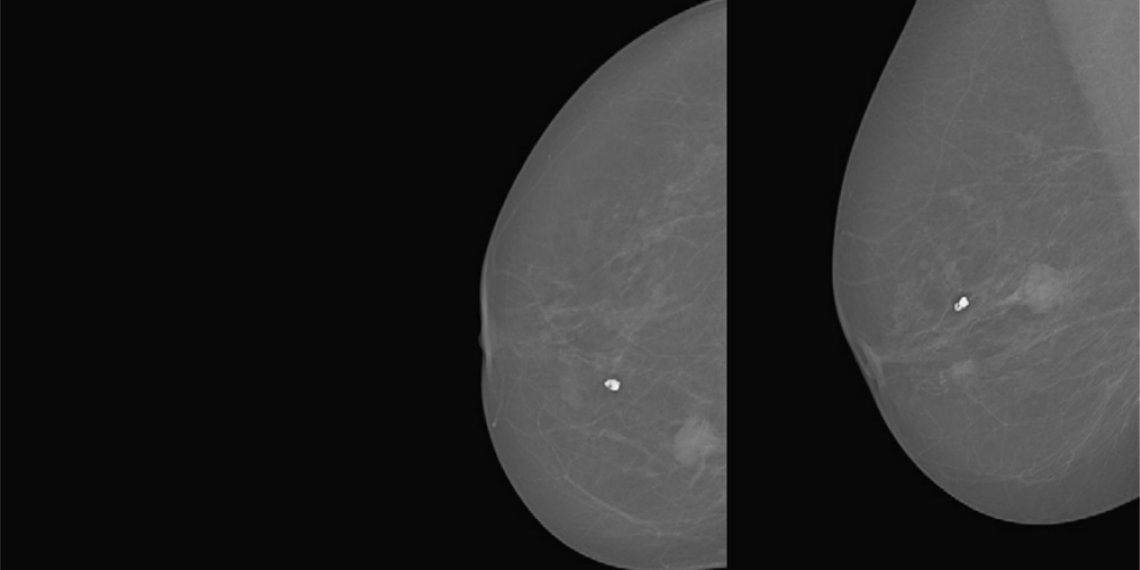Researchers from INESC TEC’s Centre for Telecommunications and Multimedia (CTM) participated in the international study “Evaluation of Combined Artificial Intelligence and Radiologist Assessment to Interpret Screening Mammograms”, a reference research that proposes an A.I. system to support the radiologists’ decisions.
The main objective of the challenge and underlying study was to determine, in a thorough and unbiased manner, how current Machine Learning algorithms compare with the precision of human interpretation of mammography screening.
Following an international crowdsourced model, the study had more than 1100 participants, comprising 126 teams from 44 countries. INESC TEC was the only Portuguese institution to participate in the challenge, with a team of three researchers from CTM: José Costa Pereira, Eduardo Castro and Jaime Cardoso.
Initially, the teams competed to design the most accurate algorithm for the task; then, during the community phase, the top-performing teams were asked to collaborate and to further refine and combine their strategies. The INESC TEC team reached the third place in the first round of the competition, thus contributing to one of the key studies in the field.
– Deep Learning to support medical decisions
Deep Learning is a field of Machine Learning that studies complex artificial neural networks. Even if inspired by biology, these models differ greatly from the nervous systems found in nature. The main benefits of said models are their precision and versatility, namely when addressing certain issues.
In this particular study, no Artificial Intelligence algorithm was able to overcome the accuracy of human interpretation. However, the study suggests that merging the results of several algorithms can actually improve the experts’ accuracy. In other words, combining the information obtained by the radiologists with the information obtained by algorithms, allows for diagnoses that are more accurate.

In this sense, Eduardo Castro stated that
“the study underlines the possibility of supporting the radiologists’ decision, not to the likelihood of replacing them. Nevertheless, improving the accuracy of the screening through Artificial Intelligence technologies can have a significant impact, especially since said screening is quite usual among members of an asymptomatic population”.
This input is a result from a research line that CTM has been exploring for several years, focused on the development of technology to fight against breast cancer. In this sense, the endeavours range from screening to the aesthetic evaluation after surgery, to diagnosis, surgical planning and recovery.
The study was conducted between September 2016 and November 2017, and it led to the production of a scientific article, published in March 2020 – available online, and with a significant visibility thus far.
The INESC TEC researchers mentioned in this news piece are associated with INESC TEC and UP-FEUP




 News, current topics, curiosities and so much more about INESC TEC and its community!
News, current topics, curiosities and so much more about INESC TEC and its community!